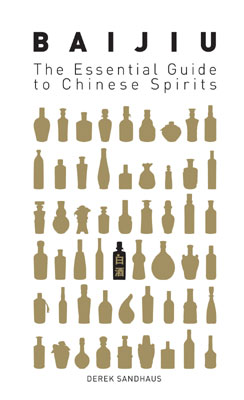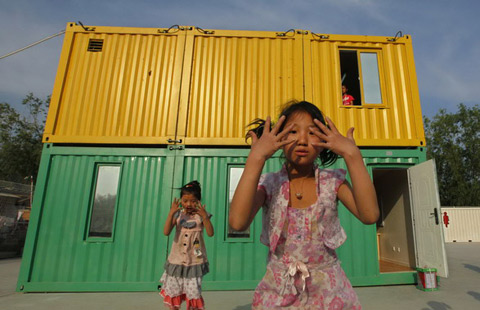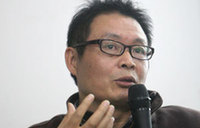The essential guide to baijiu
Updated: 2014-04-08 11:26
By Sun Ye (China Daily)
|
|||||||||||
 |
|
The Essential Guide to Chinese Spirits by Derek Sandhaus published by Viking (Penguin Group Australia) |
"Anyone who lives in China for a long time knows baijiu is really important to China," Sandhaus says. "It's central to how Chinese celebrate holidays, central to the way people do business. It's really important in building and maintaining relationships in China."
During his journey that spanned the larger part of the country, from the northernmost Heilongjiang province to the Guangxi Zhuang autonomous region in the south, Sandhaus has come to see baijiu's deep-rooted cultural role.
 |
"The best friends I made in China were people whom I went out drinking with," he says. "People really open up when they drink baijiu."
"It's not about getting drunk, it is about respect. It shows you value the other's relationship," he says. "I think alcohol is one of the most important parts of Chinese culture that people from other countries don't understand."
That respect also manifests itself in the various toasting rituals he experienced. In Henan province, for example, the toaster will not drink the toast but makes sure everyone else's cup is empty.
"Baijiu is made of grain. Food was precious back in the old times, and offering the best spirits to a guest definitely shows respect," says Guo Wulin, vice-president of the Chinese Liquor Culture Institute in Yibin, Sichuan province.
Guo agrees that baijiu is an essential part of Chinese culture and that an introduction from the Western perspective is needed.
"We say baijiu is the national drink because it's the presiding tradition for us," Guo says. "It has been inseparable with our thoughts and behavior for thousands of years."
He explains that baijiu is in line with the Taoist philosophy of being inclusive and complex in tastes and flavors, and it is best described "half-water-half-fire".
"It's too mysterious and far-fetched. That's why we need others' perspective in explaining baijiu," Guo says.
The reference book by Sandhaus aims to do just this. The scientific classification lists some 90 different baijiu, explaining their varieties - mostly depending on their smells - tastes, production processes, history and cultural meanings.
"The best case (after the book comes out) would be this: When you walk into a bar in five or 10 years in any city in the United States, you find some baijiu on the shelf," says Sandhaus, who returned to the US last September with his wife, who is a diplomat.
And with 600 (and counting) shots of baijiu under his belt, Sandhaus' blog, 300 Shots of Greatness, has taken a new turn - monthly recommendations and follow-ups on how baijiu will gain international ground.
Today's Top News
Pro-Russians declare independence in Donetsk
China continue MH370 signals hunt
Carrier visit shows transparency
Xinjiang vows to stop extremism
Australia also detects suspicious pulse signal
Afghans vote amid Taliban scare
Hostages taken to Philippine island
Huawei and China Daily inks co-op
Hot Topics
Lunar probe , China growth forecasts, Emission rules get tougher, China seen through 'colored lens', International board,
Editor's Picks

|

|

|

|

|

|






